-
main-collection-product-grid
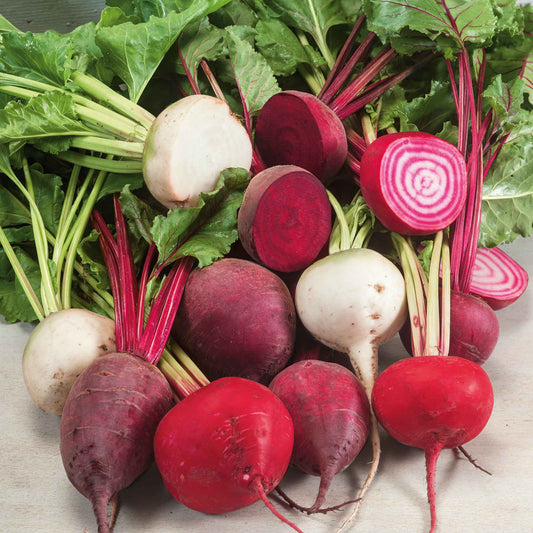
Beet Seeds - Rainbow Mix
Give any dish a pop of color with this rainbowBeet Seeds - Rainbow Mix
Give any dish a pop of color with this rainbowRegular price As Low As $4.99Regular priceUnit price per -
main-collection-product-grid
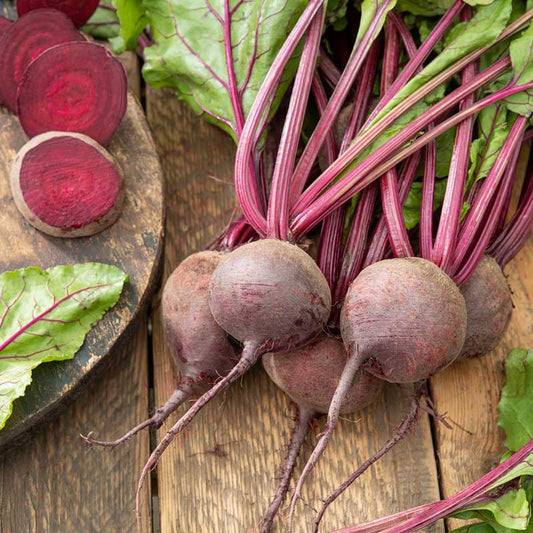
Beet Seeds - Detroit Dark Red
Tasty and sweet all-purpose heirloom beetBeet Seeds - Detroit Dark Red
Tasty and sweet all-purpose heirloom beetRegular price As Low As $4.99Regular priceUnit price per -
main-collection-product-grid
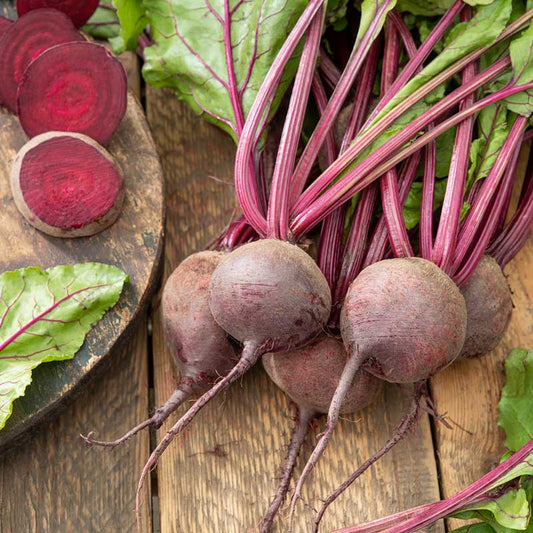
Beet Seeds (Organic) - Detroit Dark Red
Home gardeners' top choice for beetsBeet Seeds (Organic) - Detroit Dark Red
Home gardeners' top choice for beetsRegular price As Low As $6.99Regular priceUnit price per -
main-collection-product-grid
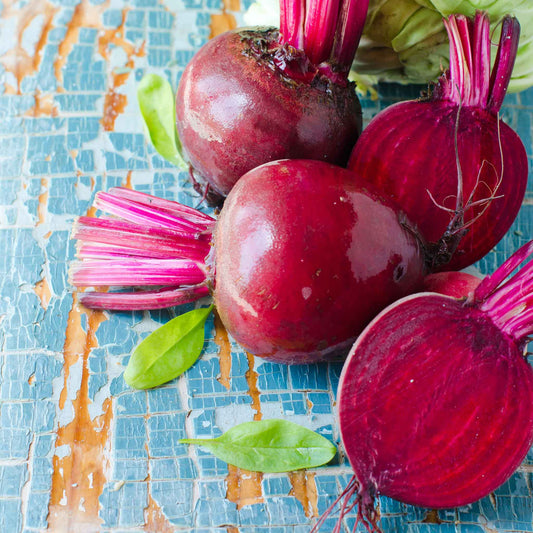
Beet Seeds - Ruby Queen
Super tender beet with a buttery textureBeet Seeds - Ruby Queen
Super tender beet with a buttery textureRegular price As Low As $4.99Regular priceUnit price per -
main-collection-product-grid
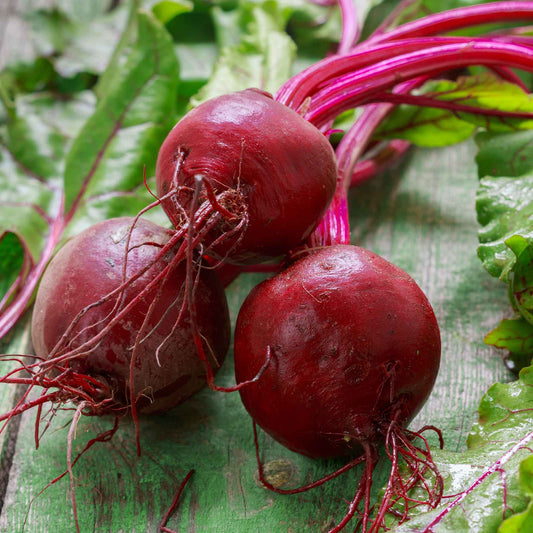
Beet Seeds - Early Wonder
Very versatile beet that is an abundant producerBeet Seeds - Early Wonder
Very versatile beet that is an abundant producerRegular price As Low As $4.99Regular priceUnit price per -
main-collection-product-grid
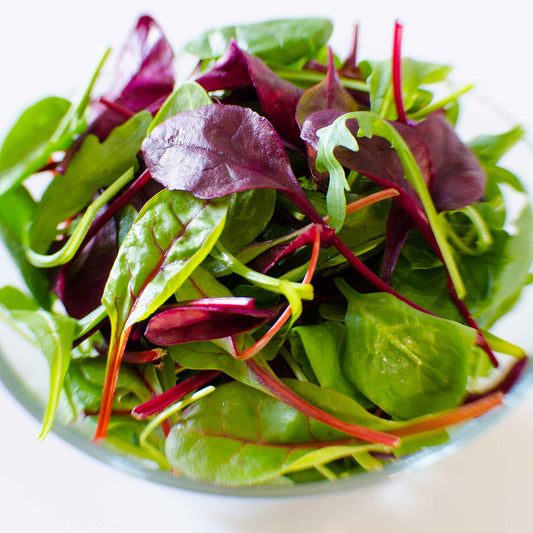
Microgreen Seeds - Microgreen Rainbow Blend
Small size packs a concentrated, nutritional punchMicrogreen Seeds - Microgreen Rainbow Blend
Small size packs a concentrated, nutritional punchRegular price As Low As $4.99Regular priceUnit price per -
main-collection-product-grid
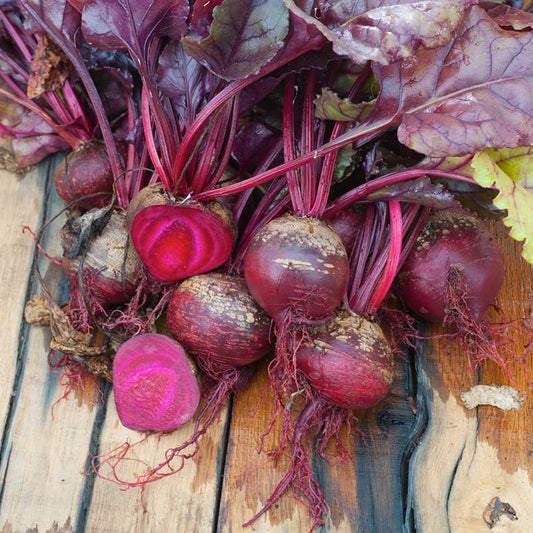
Beet Seeds - Bulls Blood
An old favorite with a deep color that's great for saladsBeet Seeds - Bulls Blood
An old favorite with a deep color that's great for saladsRegular price As Low As $4.99Regular priceUnit price per -
main-collection-product-grid
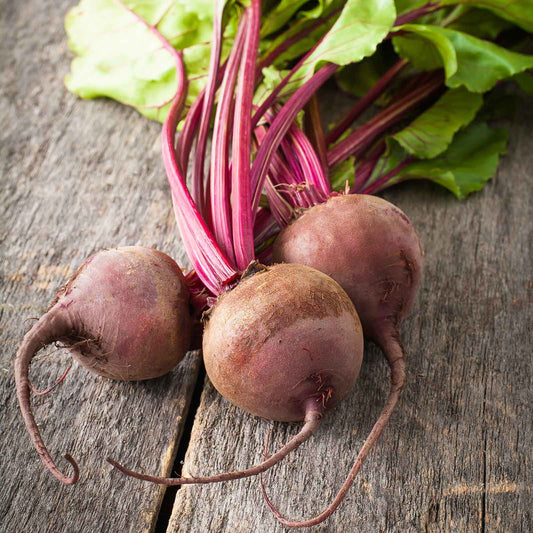
Beet Seeds - Lutz Green Leaf
Large six-inch garnet colored beets with tasty green leavesBeet Seeds - Lutz Green Leaf
Large six-inch garnet colored beets with tasty green leavesRegular price As Low As $4.99Regular priceUnit price per -
main-collection-product-grid
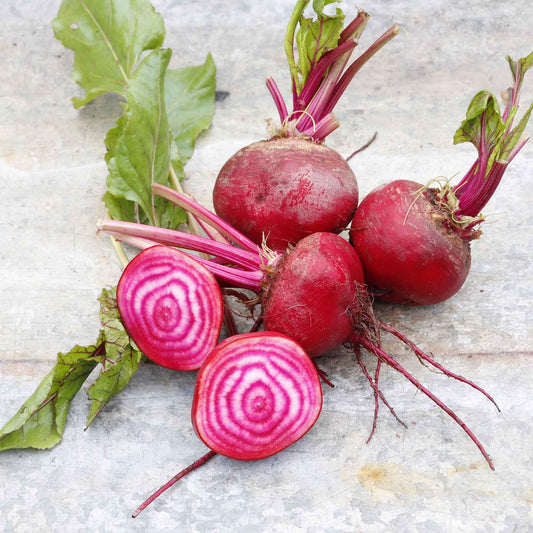
Beet Seeds - Chioggia
Globe-shaped roots with a pale red skin and very attractive pale inside colorBeet Seeds - Chioggia
Globe-shaped roots with a pale red skin and very attractive pale inside colorRegular price As Low As $4.99Regular priceUnit price per -
main-collection-product-grid
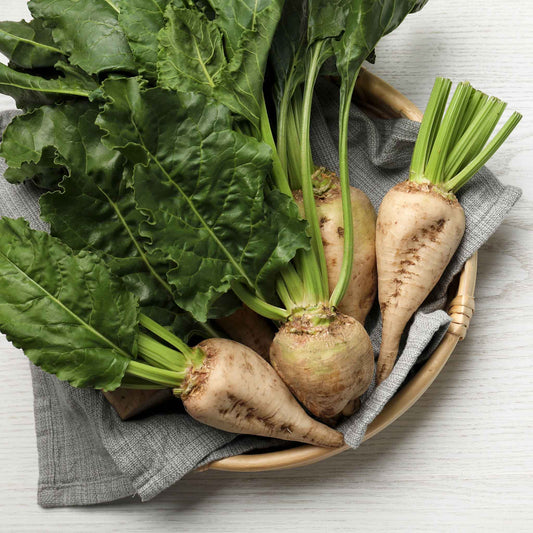
Sugar Beet Seeds
Best natural choice when making your own sugarOut of StockSugar Beet Seeds
Best natural choice when making your own sugarRegular price As Low As $4.99Regular priceUnit price per -
main-collection-product-grid
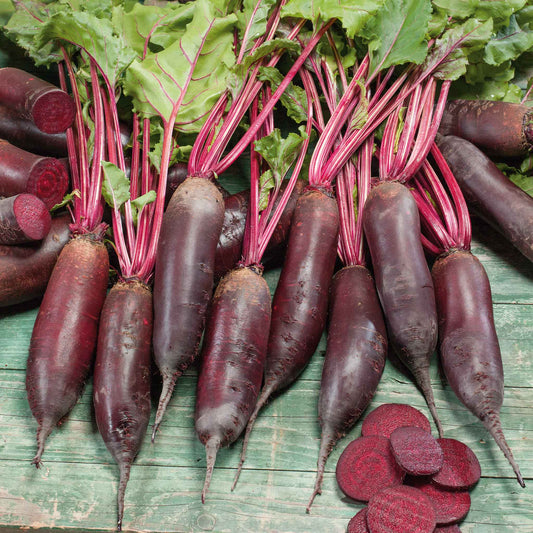
Beet Seeds - Cylindra
Great slicing beet that is tender and sweetOut of StockBeet Seeds - Cylindra
Great slicing beet that is tender and sweetRegular price As Low As $4.99Regular priceUnit price per -
main-collection-product-grid
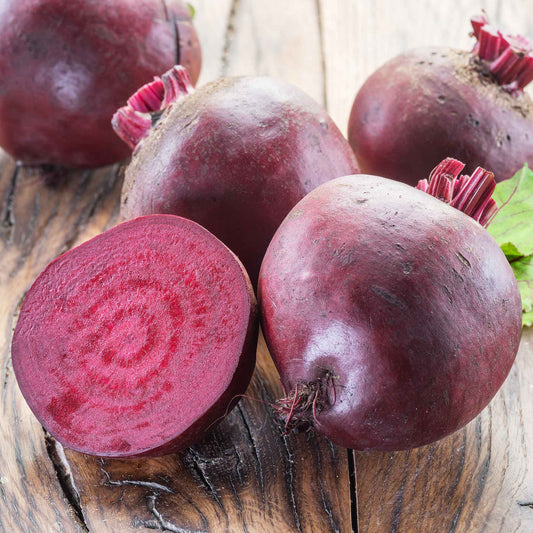
Beet Seeds - Crosby Egyptian
The perfect beet for picklingOut of StockBeet Seeds - Crosby Egyptian
The perfect beet for picklingRegular price As Low As $4.99Regular priceUnit price per
Growing beets in your garden
- 12 beet seed varieties
- Cool season vegetable that can survive frost and almost freezing temperatures
- Benefit from both the roots and the greens
- Prefers full sun
beet history
Beetroot, more commonly referred to in North America as simply "beets", are entirely edible vegetables, from roots to leaves. Beets go far back in popularity. They were first domesticated in ancient Middle East, and grown by the Ancient Egyptians, Romans, and Greeks. Since the Middle Ages, beetroot has been used as a treatment by some for various ailments relating to digestion and blood. Beetroot is also used as a natural dye, as it leaves a strong stain. It was even used to color wine in the 19th century.
beets in the culinary world
Beetroots can be prepared in a variety of ways. Boiling, roasting, steaming, and even juicing, are all popular preparations of beets. In Eastern Europe, borscht- a beet soup, is very common. Ukraine and Poland combine beets and horseradish to make burachky, which is often used in sandwiches, or with meat and potatoes. Indian cuisine uses spiced beet as popular side dish.
growing beets: tips and tricks
When planting beets in your garden, there are a few things to keep in mind for success. Because they are related to swiss chard and spinach, beets should not be planted in close proximity to these crops. Plots should be kept well-weeded to discourage competition. Another thing to consider when selecting a location is that beets have a good tolerance for low fertility soil. In fact, too much nitrogen can encourage top growth which will detract from root growth.
For continuous harvest, stagger your plantings about three weeks apart. Plant seeds approximately 3/4 inches deep and one inch apart in rows with 12 to 18 inch spacing. Once germination is complete and seedlings are around four to five inches tall, seedlings may need to be thinned. For early harvesting of small, cylindrical roots, thin to three to four inches apart. If you desire larger roots and a later harvest, thin to six plus inches of spacing. The best flavor and coloring for beets will develop under cool conditions and bright sun. Typically they are harvested approximately 65 days after planting when they will be between one and a half to two inches.
For more information about planting, growing, and caring for beets, see our Beet Seeds Planting Guide.











